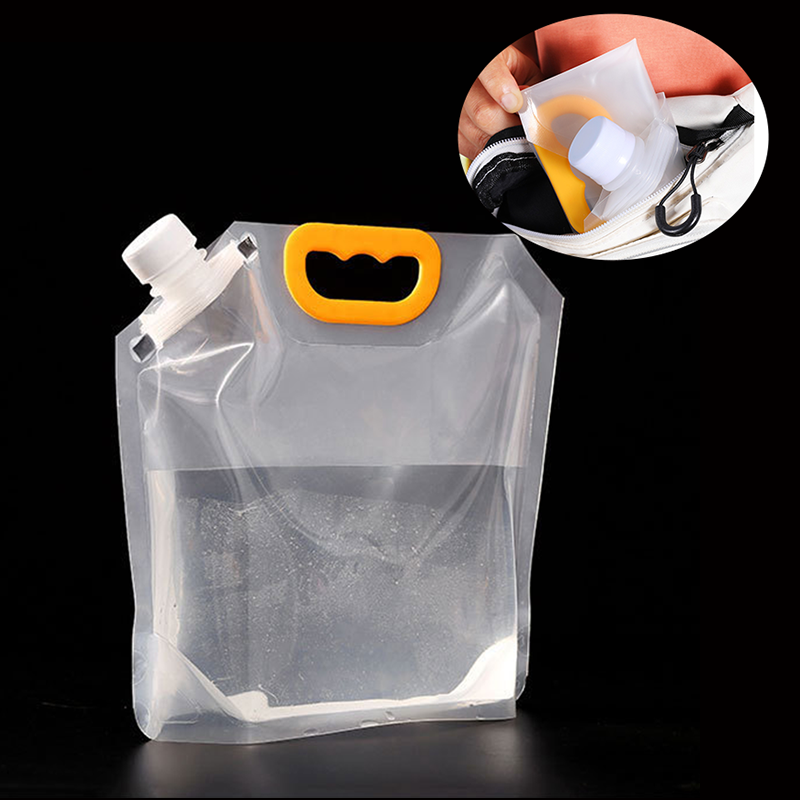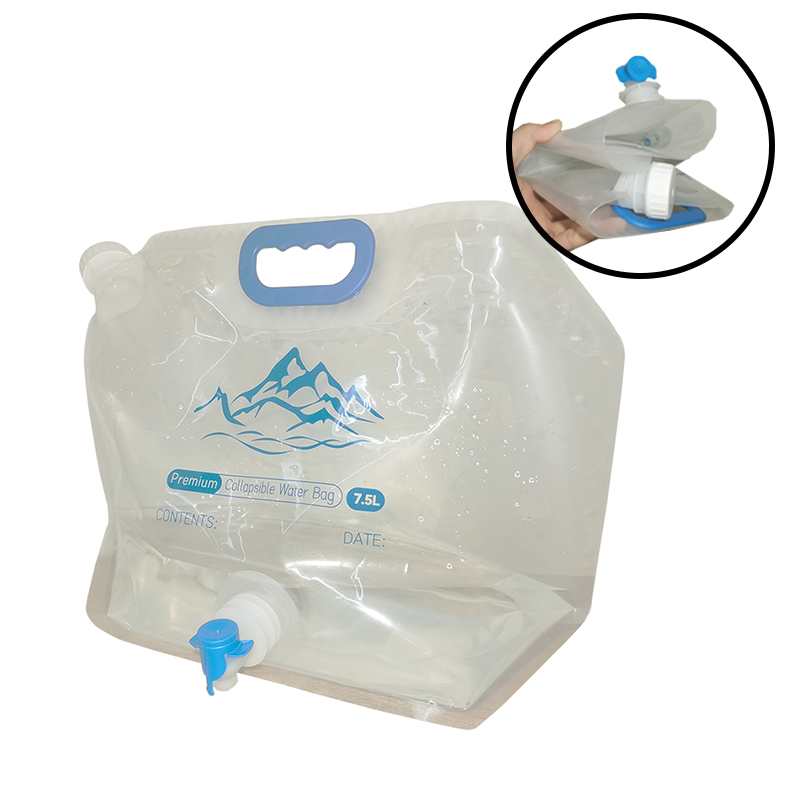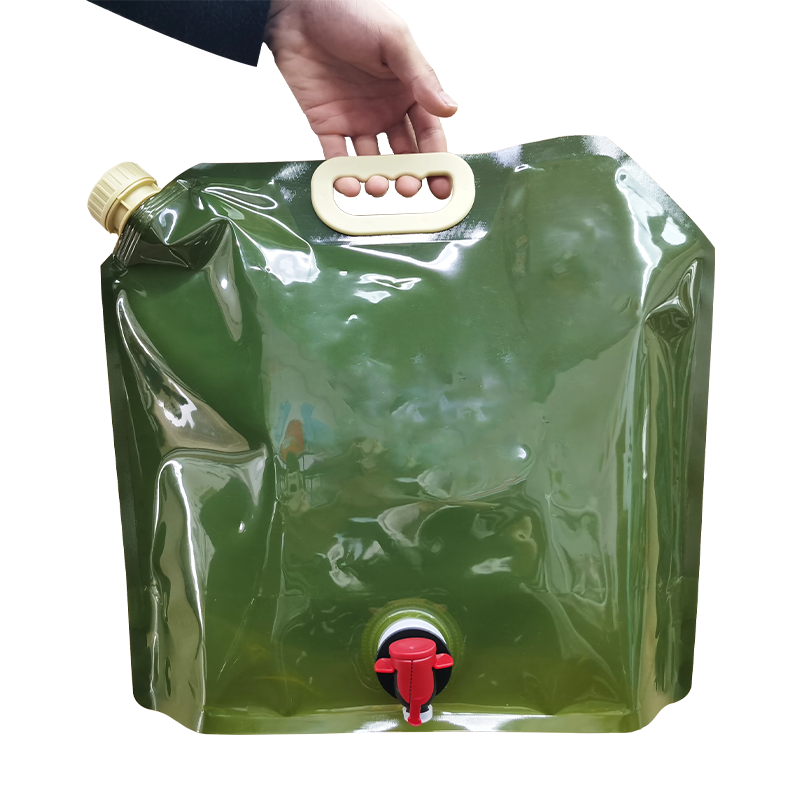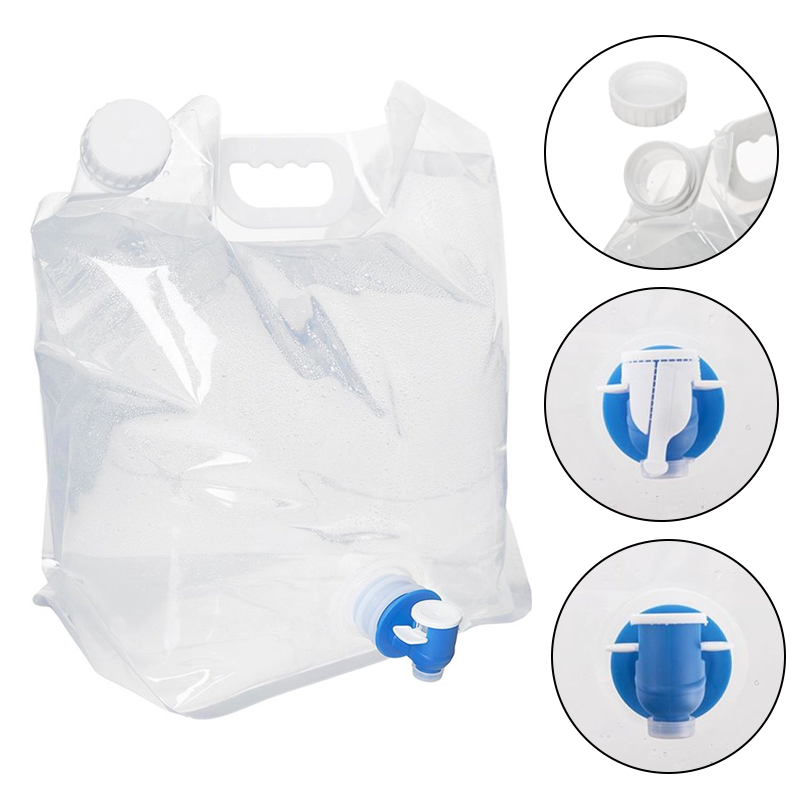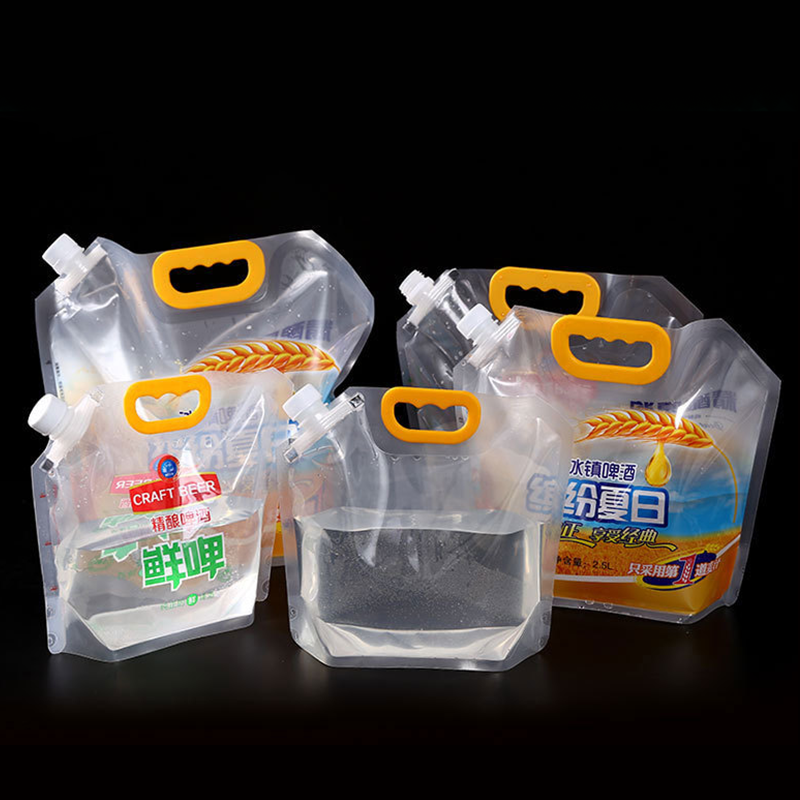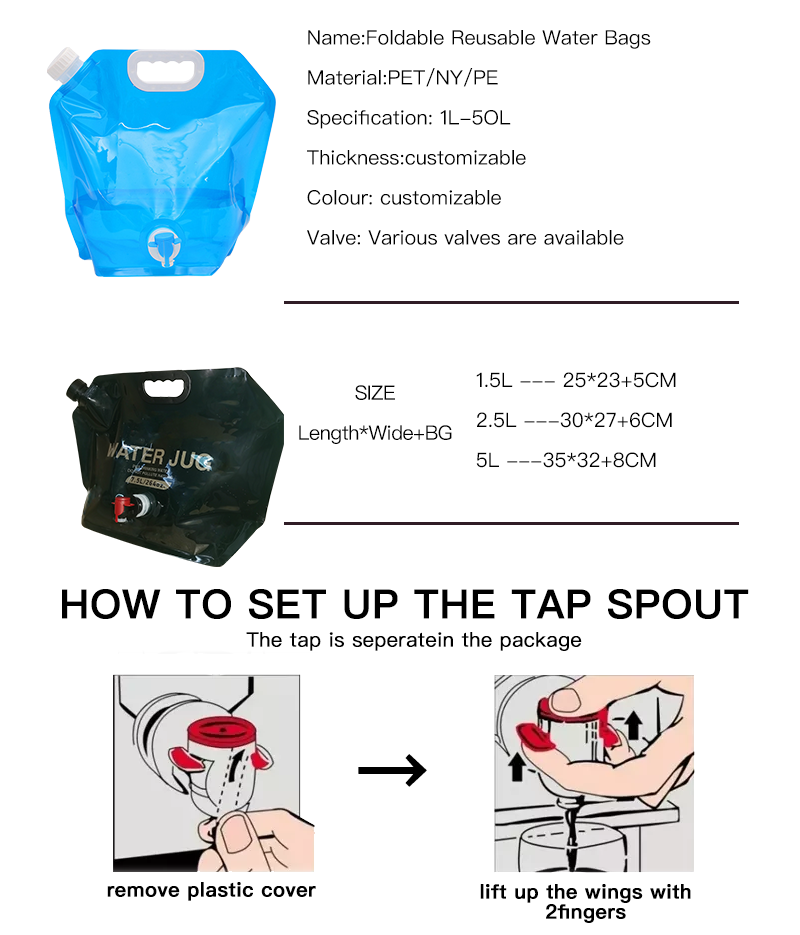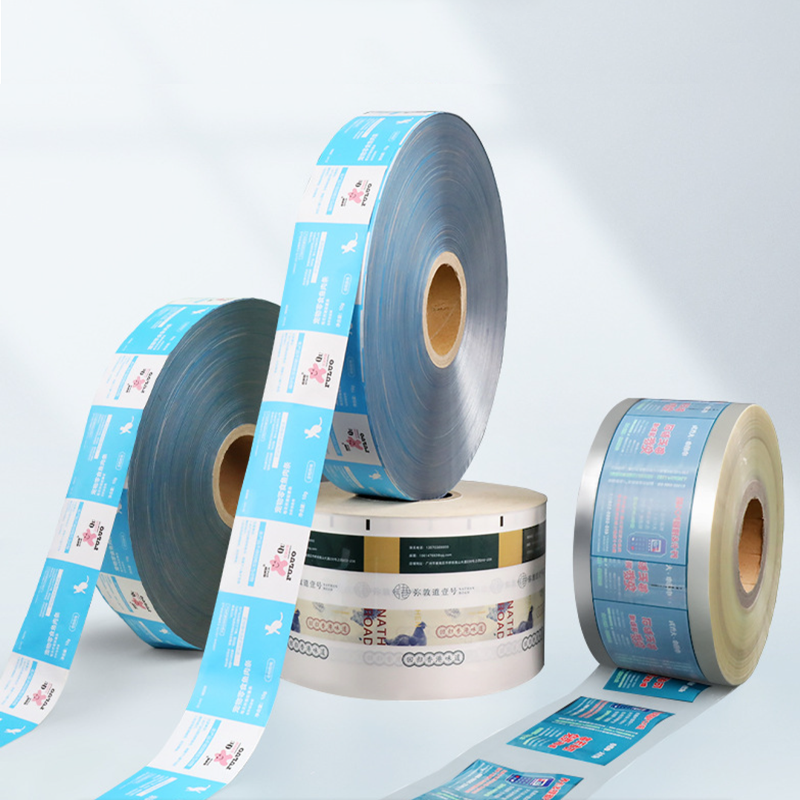Custom Water Pouch Packaging
Foldable water bags are lightweight, space-saving, and reusable. They pack flat, scale from pocket pouches to cube containers with spigots, and many are freezable. Food-grade, BPA-free materials keep water taste-neutral, while wide openings simplify filling and drying—delivering a versatile, low-waste hydration solution for camping, hiking, travel, and emergencies.
- Overview
- Recommended Products
| Product Name | Spout Pouch Packaging |
| Material | PET, PA, PE, BOPP, CPP, VMPET, AL, PE etc.. |
| Size & Thickness | Customization Supported |
| Ink Type | Eco-friendly Food Grade Ink |
| Style Options | Stand Up, Flat Bottom, Side Gusset, Zipper Top, four side sealed bag, eight side sealed bag, with/without handle /hang hole/zip,etc |
| Usages | Liquid, juice, shampoo, conditoner, detergent, etc |
| Feature | 1) Multi-function: Moisture-proof, keep things fresh |
| 2) Strong Puncture Resistance | |
| 3) Safety: Food grade materials BPA free. | |
| 4) Certificate: EU standard | |
| 5) Covenient to open and keep | |
| 6) Open way can be customized |
Foldable Water Bags: Your New Go-To for Outdoor Hydration
Foldable water bags—from stand-up drinking pouches to cube containers with spigot—are redefining outdoor and emergency hydration. Compared with rigid jugs or single-use bottles, they’re lighter, pack smaller, and adapt to more situations while keeping water clean, accessible, and easy to dispense.
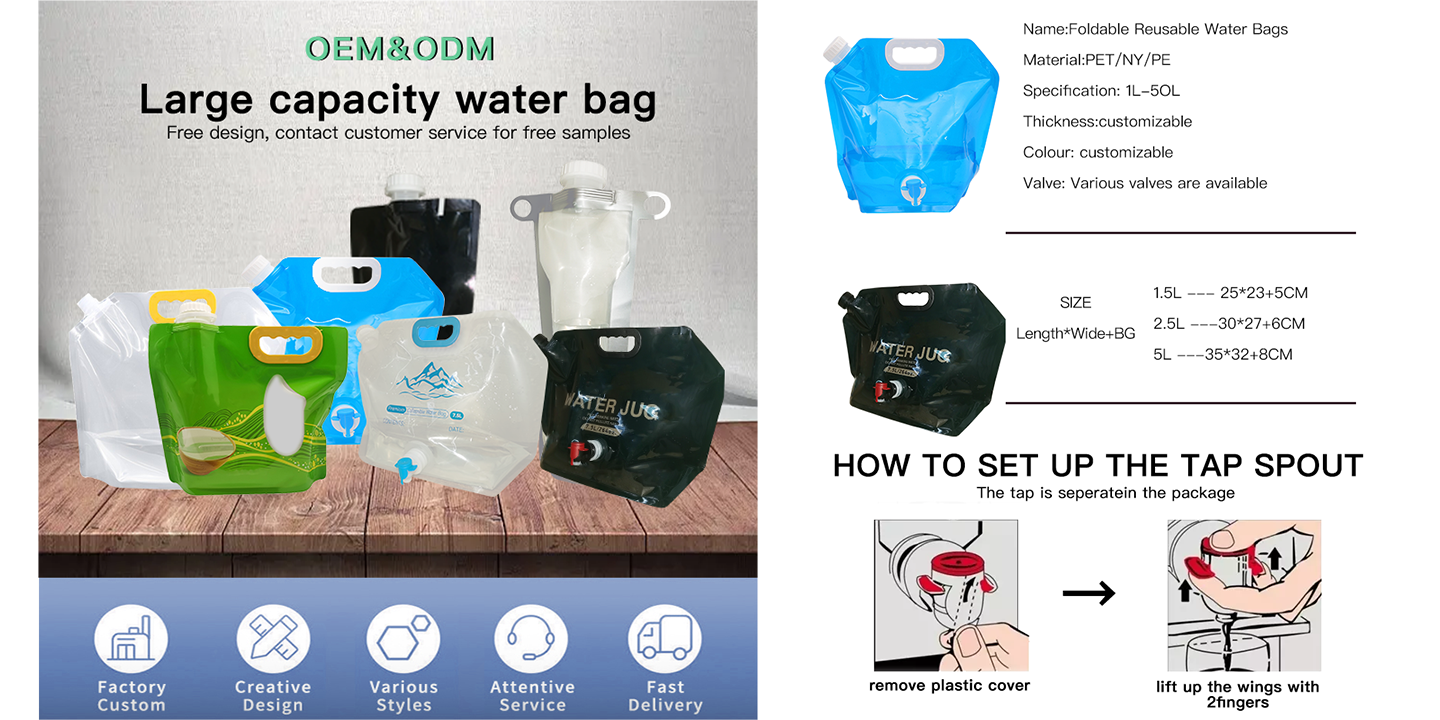
What They Are
A foldable water bag is a collapsible, food-grade container for potable water. The two most popular formats are:
Stand-up pouch / spout pouch: Compact, gusseted base, wide-mouth cap; great for carrying and sipping on the move.
Cube with spigot: Larger, boxy shape with an integrated tap; ideal as a camp water station for families or groups.
Core Benefits
Ultra-portable & space-saving: When empty, bags fold or roll nearly flat, sliding into a backpack pocket, glove box, or home emergency kit—perfect for minimalist camping and thru-hiking.
Reusable & eco-friendly: Reduce single-use plastic and landfill waste with a durable, refillable container designed for repeated trips.
Modular capacity: Carry several small pouches for day use and a 5–10 L cube for basecamp; distribute weight, add redundancy, and scale water storage to trip length.
Stable, mess-free dispensing: Gusseted pouches stand upright; spigot cubes offer controlled flow for filling mugs, cookpots, and wash basins.
Freezable versatility: Pre-chill or freeze (per manufacturer guidance) to keep food cold and enjoy colder drinks later.
Cost-effective hydration: Lower per-liter cost over time compared with buying disposable bottles.
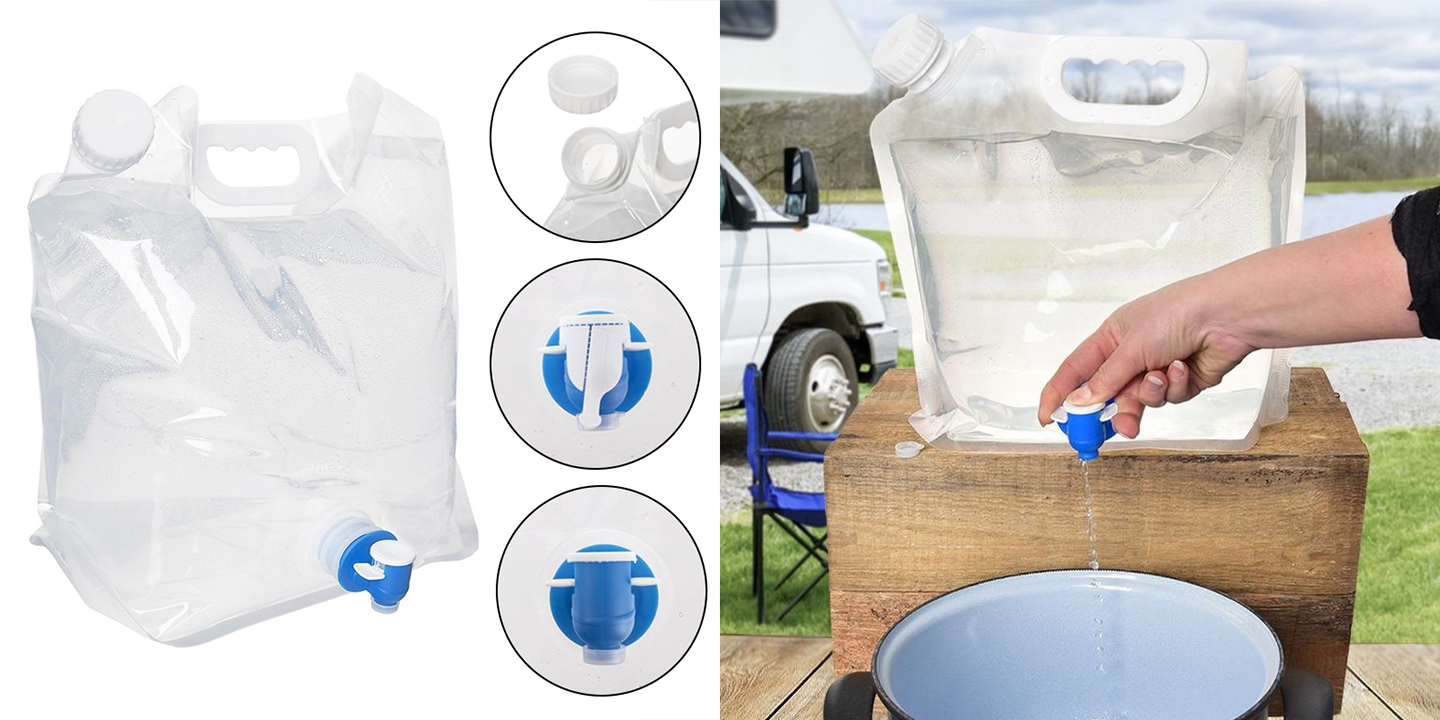
Where They Shine
Camping & backpacking: Haul water from a source, cache it at camp, and keep separate pouches for cooking and drinking.
Hiking, trail running & bikepacking: Use a drinking pouch with spout or bite valve for quick sips without stopping.
Overlanding, RVs, and van life: Build a compact hydration system with small carry pouches plus a cube for camp.
Boating, fishing & beach days: Set up a spigot cube for rinsing hands, washing produce, and topping up bottles.
Festivals, events & team sports: A portable water station cuts bottle clutter and keeps groups hydrated.
Emergency preparedness: Store flat at home; unfold to secure backup water during outages, storms, or boil-water advisories.
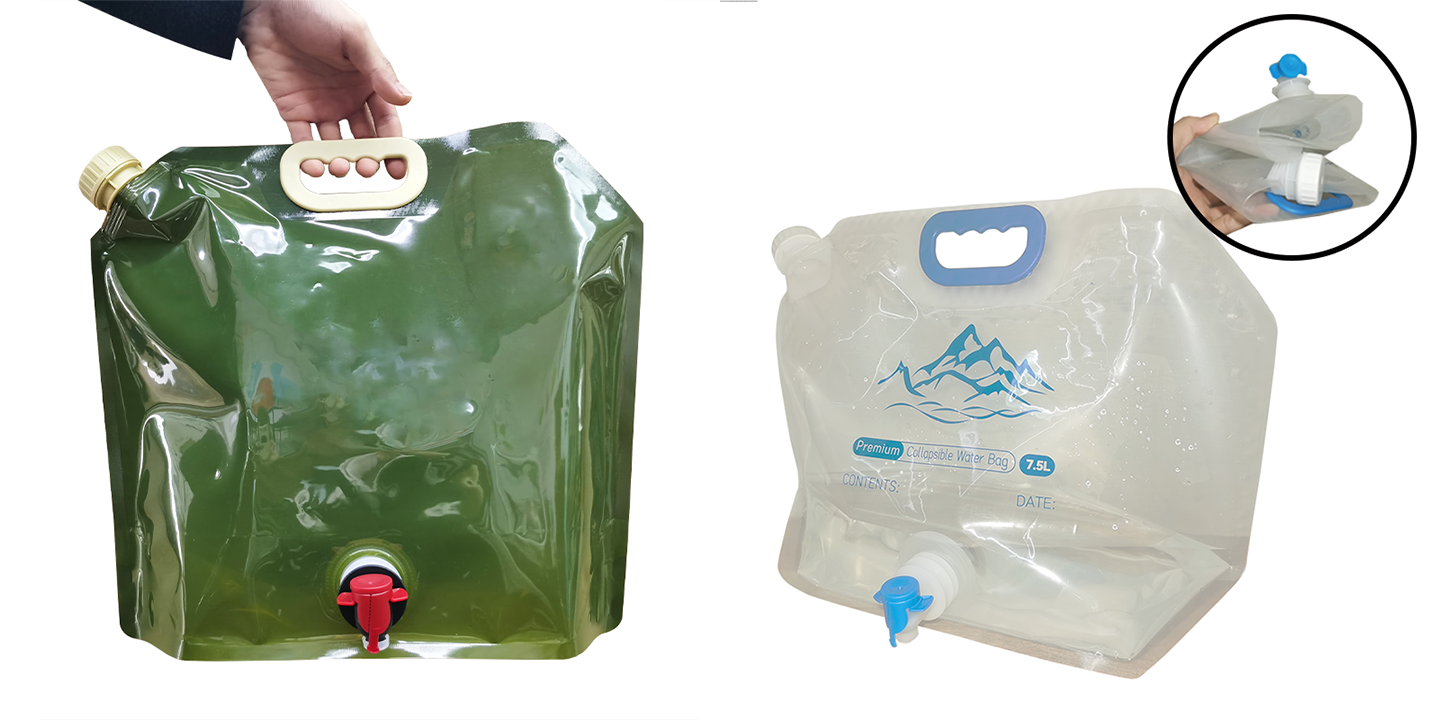
Materials & Safety
Choose food-grade, BPA-free construction designed for potable water. Common multilayer films include PET/PA/PE for clarity, toughness, and reliable heat-sealing. Quality bags should be:
・ Taste-neutral & odorless, preserving fresh water flavor.
・ Puncture-resistant, with reinforced seams and leak-resistant caps or gaskets.
・ Hygiene-friendly, with wide-mouth openings that accept ice and allow faster rinsing and airflow for drying.
・ Spigot-secure on cube models, minimizing drips and cross-contamination.
Care tips: Rinse after use, air-dry completely, and store loosely capped in a clean, dry place. Dedicate containers to drinking water only; avoid harsh chemicals—warm water and mild soap are usually enough.
Pouch vs. Cube With Spigot
・ Stand-up pouch: Best for active carry. Light, pocket-friendly, easy to refill from taps, filters, or gravity bags.
・ Cube with spigot: Best for basecamp and family use. Hands-free dispensing for cooking, brushing teeth, washing hands, and filling pet bowls.
Most kits benefit from both: mobile pouches + a stationary cube deliver flexibility on the trail and convenience at camp.
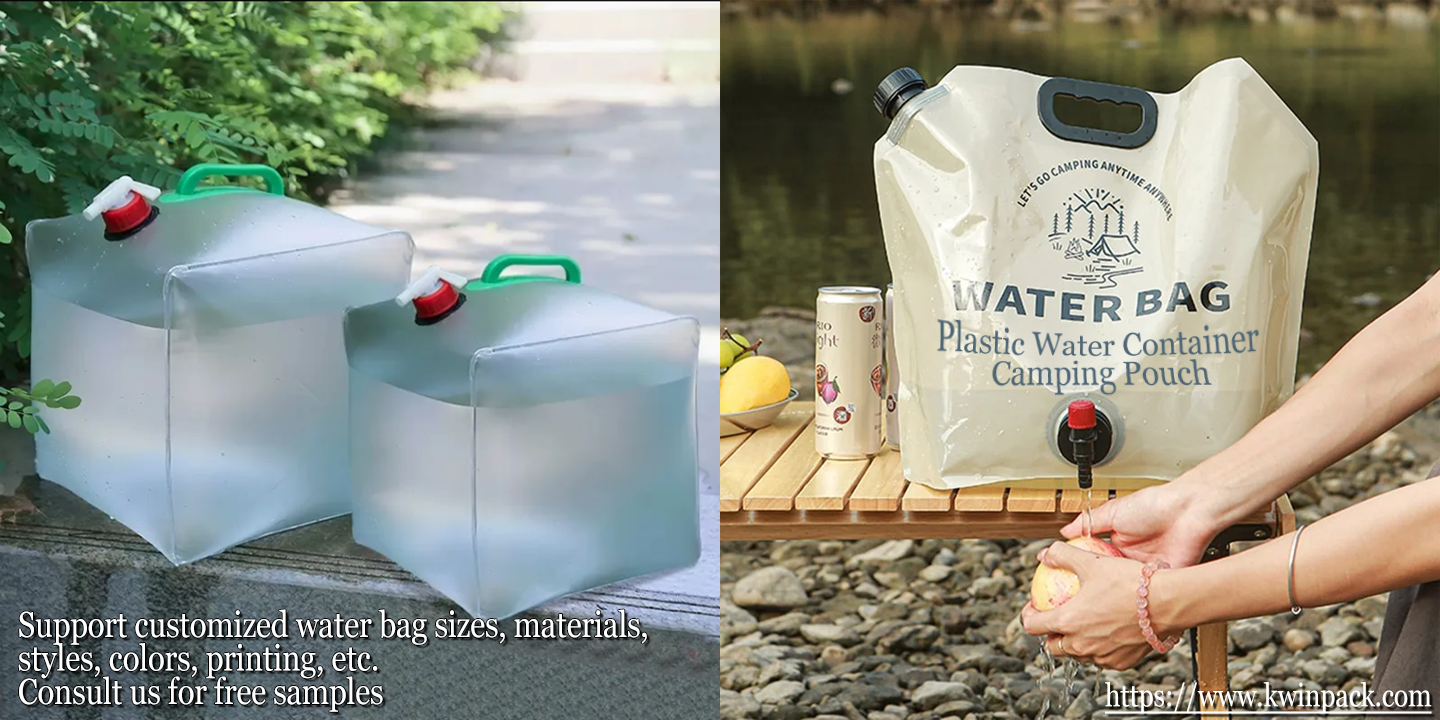
How to Choose
Match the use case: Movers choose pouches; basecampers choose a cube with spigot—or mix both.
Check openings & closures: Wide-mouth caps speed filling and cleaning; look for gasketed, leak-resistant lids.
Assess durability: Puncture-resistant films, reinforced seams, strong handles, and a stable base.
Prioritize safety: Food-grade, BPA-free, taste-neutral materials should be clearly stated.
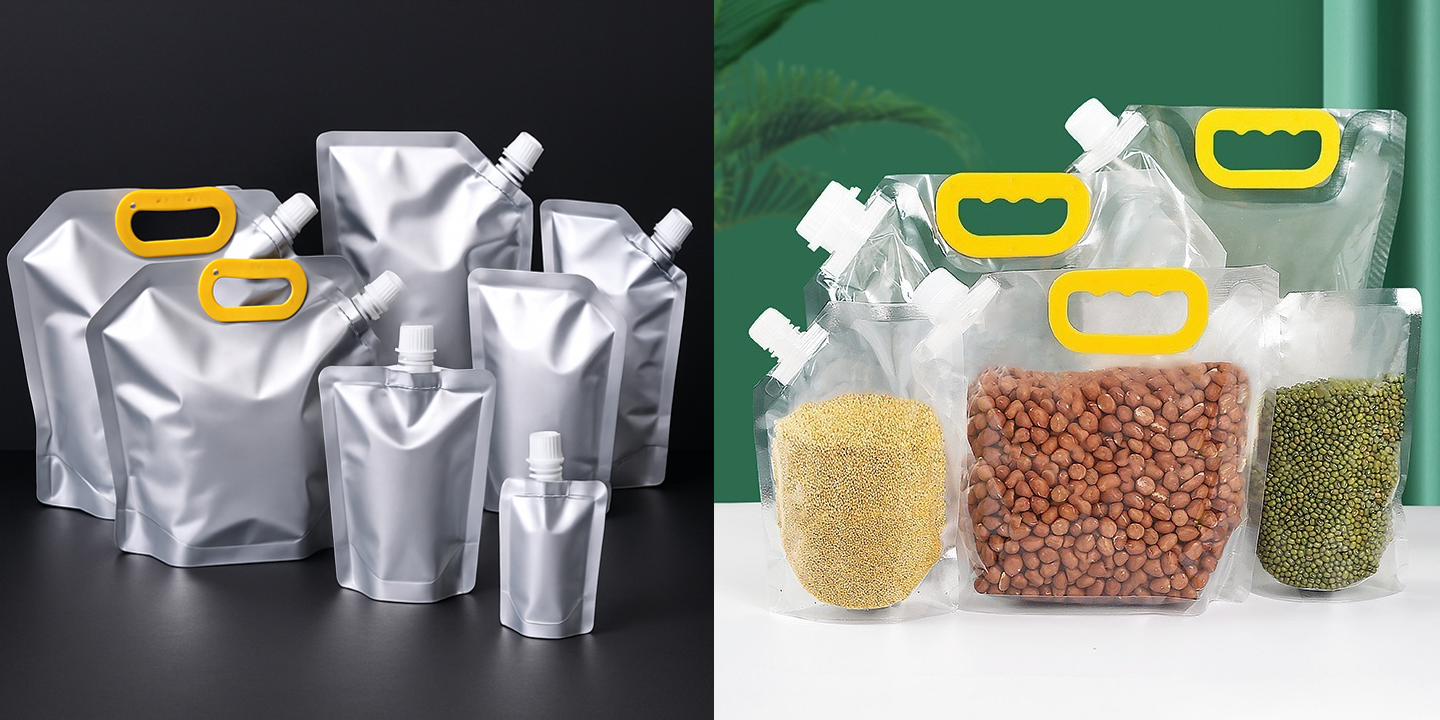
Plan maintenance: Designs that dry quickly and offer replaceable caps/spigots extend service life.
Bottom Line
From weekend camping and long treks to RV travel, festivals, boating, and emergency kits, foldable water bags deliver a rare combination of portability, safety, durability, and sustainability. The stand-up pouch keeps you agile on the move; the cube with spigot turns any table into a reliable hydration hub. Pack lighter, waste less, and stay hydrated—wherever the path leads.


